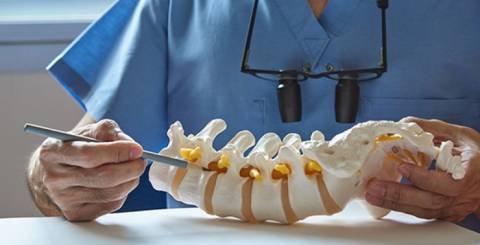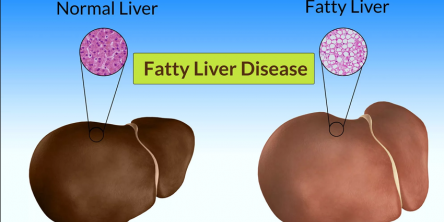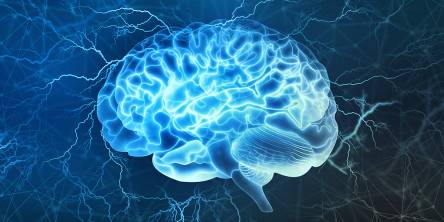Decompress and Stabilize: Common Types of Spine Surgery

Your back is a complex structure. It has 30 bones, 40 muscles, and numerous ligaments and tendons that work together to move and support your skeleton. Your back's complicated architecture makes it vulnerable to many traumas and degenerative disorders. As a result, over 80% of adults in the United States have had back pain at some point.
Surgery is rarely the primary treatment option. People are usually guided to nonsurgical therapy first. This may include physical therapy, steroid injections, medicines, chiropractic care, massage, weight loss, and rest. These treatments provide pain relief and are effective for the majority of patients.
However, there are times when surgery is the best option, especially if nonsurgical treatments are unsuccessful in improving symptoms over time. Your healthcare team will discuss the available options based on your symptoms, medical history, and goals.
Overall, back surgery can alleviate pain in two ways: by releasing pressure on nerves or stabilizing the structure. Some surgeries focus on one aspect, while others include both. The type of operation, or combination of surgeries, will be determined by your symptoms and the underlying reason for your pain or numbness.
Decompression surgery
This form of back surgery may help those who suffer from chronic pain, numbness, or weakness that radiates down their arms or legs due to nerve compression. During spinal decompression surgery, the surgeon opens up space in the spine to ease the strain on the spinal cord or nerves. These procedures are typically conducted using minimally invasive procedures lasting between 30 and 60 minutes. Many patients can return home the same day.
The two most common decompression procedures are:
Laminectomy
This form of back surgery may help those who suffer from chronic pain, numbness, or weakness that radiates down their arms or legs as a result of nerve compression. These treatments open up space in the spine to ease the strain on the spinal cord or nerves. They are typically conducted using minimally invasive procedures lasting between 30 and 60 minutes. Many patients can return home the same day.
Diskectomy
This operation removes a damaged disk section to make room in the spine. Following a laminectomy, the disc is accessible. A damaged disk is a protrusion, herniated, slid, ruptured, or bulging disc. A diskectomy can also improve sciatica-related pain and weakness.
Stabilization surgery
This type of surgery is used to increase stability, repair a deformity, or relieve pain. Stabilization surgery is commonly referred to as spinal fusion.
A spinal fusion permanently unites two or more vertebrae in the spine, preventing motion between them. Spinal fusion resembles the natural healing process for fractured bones.
During spinal fusion, your surgeon inserts bone or bone-like material into the gap between two spinal vertebrae. Metal plates, cages, screws, and rods can be used to hold the vertebrae together so that they heal as one solid unit.
Spinal fusion can be done to treat spondylolisthesis, degenerative disk disease, scoliosis, spinal fractures, and spinal injuries. It may be used to support the spine following decompressive surgery, like a laminectomy or diskectomy.
The types of spinal fusion surgeries vary according to the vertebrae fused, the kind of hardware utilized, and whether the spine is reached from the front or back. For example, an anterior lumbar interbody fusion is a front-entry procedure performed between two vertebrae in the lumbar spine.
Surgical complications
Back surgery is safe. Most of these surgeries are considered low-risk. Catastrophic problems are sporadic.
The most common consequence after decompression surgery is disc recurrence. This occurs when a fresh disc fragment herniates following surgery, putting new pressure on a nerve root. This happens in 5 to 18% of cases.
The most prevalent consequence of spinal fusion is neighboring segment disease. This is a disorder in which degeneration occurs in the parts of the spine above and below the treated area. It happens because spinal fusions imprison sections of the spine and alter the way it moves. This increases the stress and pressure on the vertebrae above and below the fused section. Adjacent segment illness affects 2–14% of patients.
Consult your doctor to see if surgery can help ease your pain, numbness, or paralysis.
Similar Articles
We often experience small discomforts or symptoms that seem insignificant, like headaches, fatigue, or brittle nails. Many times, we brush them off, thinking they’ll go away on their own. However, these minor issues might be your body’s way of telling you that something more serious is going on.
According to the World Health Organization (WHO), half to three-quarters of adult persons globally experienced a headache in the past year. Unfortunately, tension headaches are one of the most prevalent symptoms you can have. Furthermore, some tension headaches resemble migraine headaches, making matters worse.
The review of Yakrit Plihantak Churna is going to be amazing. You will know the facts, does it works along its benefits. The liver is the main engine of the body. It is the second largest gland in the body.
A podiatrist is a doctor who focuses on treating foot and ankle ailments. If you have specific medical issues, you may need to see a podiatrist for therapy that your primary doctor cannot offer. Don't overlook pain in your lower leg, foot, ankle, or toes.
A podiatrist is a medical expert who focuses on foot and ankle care. There are various reasons you may need to see one.
Swelling is a common issue that can strike anyone. Occasional leg swelling may occur after a long day on your feet or from sitting too long. However, if your legs are regularly swollen, it could indicate a serious underlying condition. Swelling can cause leg pain, loss of sensation, redness, and itching. If left unmanaged, it can lead to stiffness and difficulty walking.
Choosing the best aesthetic medicine courses will significantly boost your career. Medical professionals looking to expand their practice and stay ahead in the field of aesthetic medicine will find these training programs invaluable
Lower back pain is like a storm gathering over the horizon all day. The dull discomfort, the throbbing feeling, and the stiffness all add up until, like a thunderclap, it explodes into full-fledged pain. It penetrates your whole body, removing choice and control. Your mobility is restricted, making daily tasks difficult, and if not addressed, it can cause permanent damage.
Even though migraine affects over one billion people around the world, it has long been neglected as one of the most devastating diseases on the planet. Migraine headaches are a neurological disorder characterized by recurrent pounding or throbbing headaches, nausea and vomiting, and sensitivity to light, sound, and strong odors









